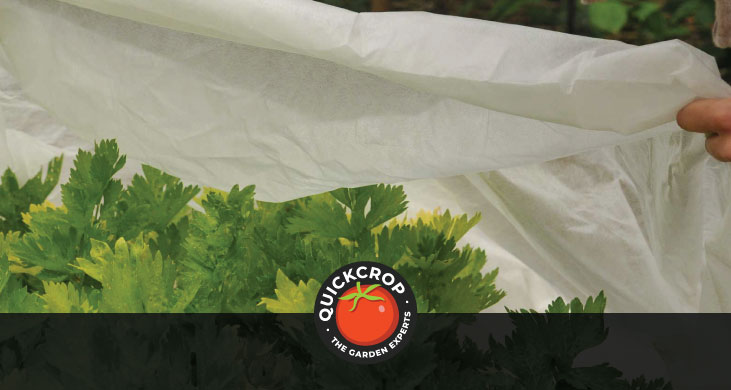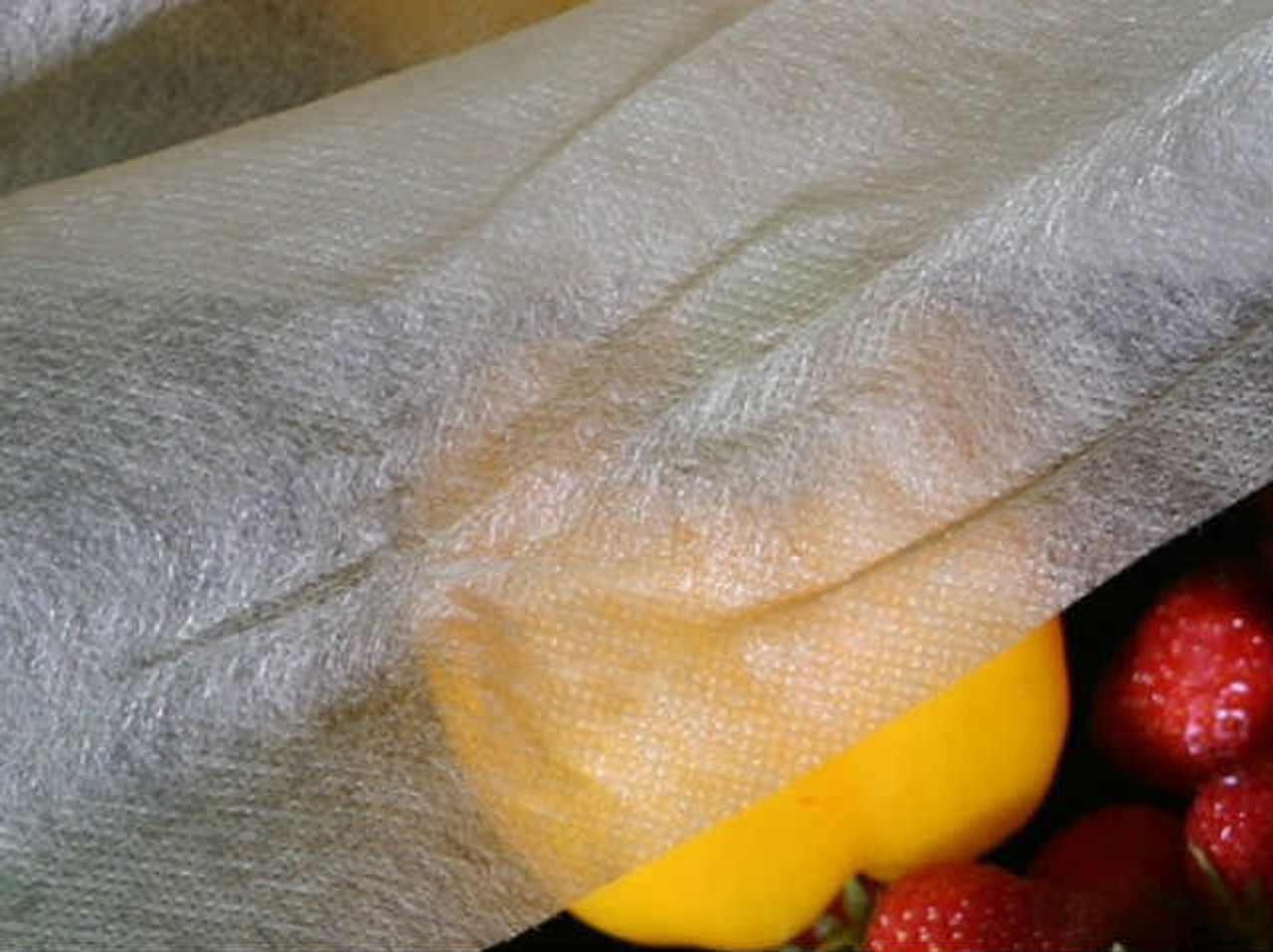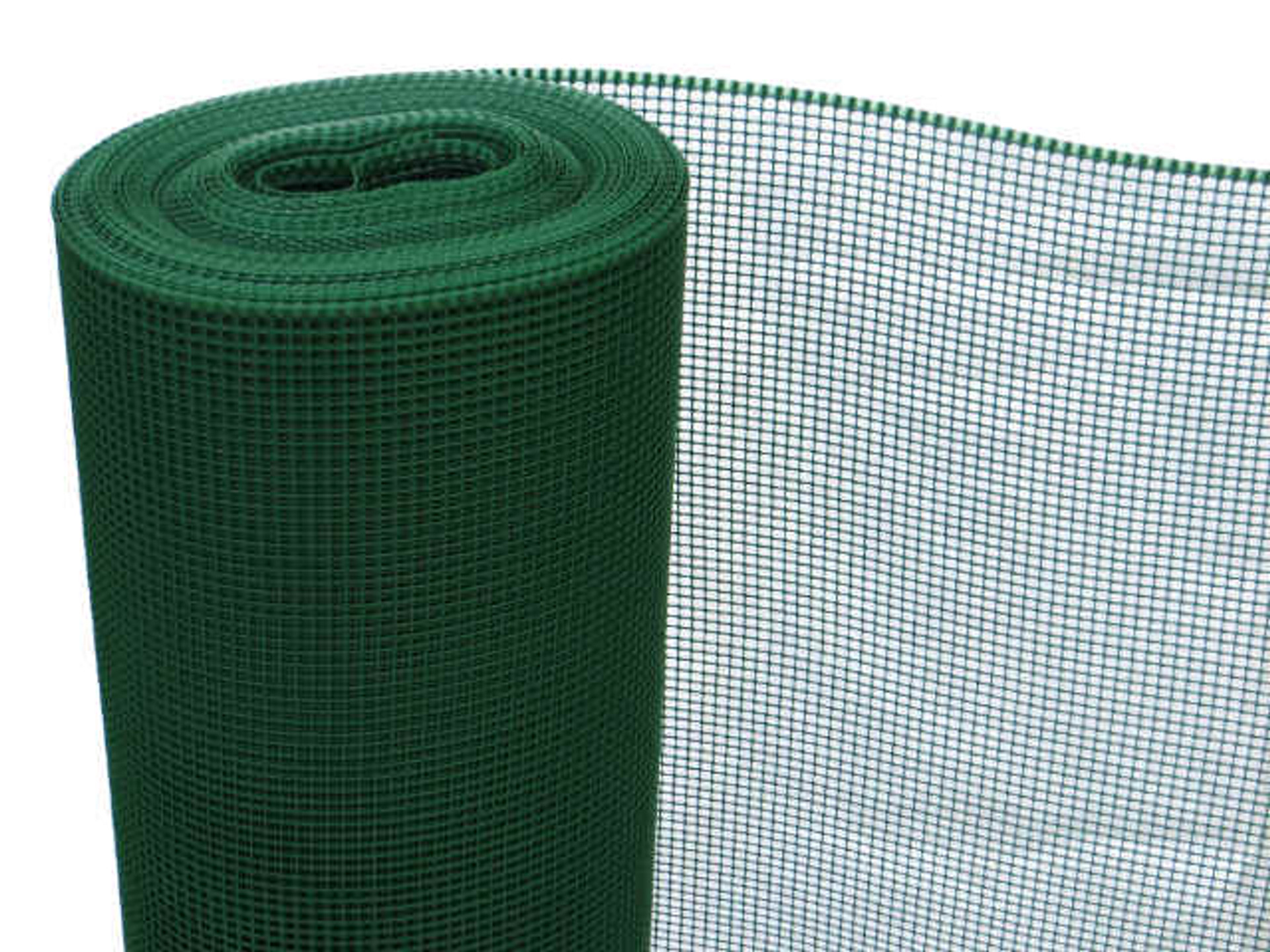Types of Frost Protection in the Garden

Frost, or even the spectre of frost, is something that all gardeners are wary of. While some plants are more able to withstand a spell of cold temperatures than others, a sudden freeze can do a lot of damage to your plants, whether they are young seedlings or perennials.
If frosts were just confined to winter, it wouldn't be as bad - but we all know the weather doesn't work like that. One of the challenges that faces an eager gardener emerging from winter hibernation is to avoid planting frost-sensitive crops until you can be reasonably sure that the last frost date has passed.

An unexpected frost need not spell disaster, though, and many plant protection techniques and products are available to the grower to help your plants survive a cold spell.
Garden Fleece
Garden fleece (also known as horticultural fleece) protects plants from cold temperatures while allowing air, light and water in. This material is commonly made with woven polypropylene, and is reusable provided the fleece isn’t damaged.

Envirofleece 30g Heavy Duty Winter Garden Fleece
View ProductIt can be draped directly over individual plants or a group of plants, but a mini ‘tunnel’ can also be created with the use of a support frame.
Garden fleece comes in different densities. 17 gsm fleece is referred to as lightweight fleece; although there are more insulating options this will still do a good job in terms of bringing young plants along at the start of the growing season.
30 gsm fleece is almost double the thickness and naturally this will provide more frost protection, but it will also be more durable and reusable.

Make sure that the fleece is secured at the edges, as if the material flaps around a lot it can damage plants. Pegs, staples, stones or timber can be used to secure the fleece covering at the corners.
Some of these products will claim to protect down to minus 6°, but it’s advisable not to rely on that info if plants are vulnerable. A more realistic expectation is that 25-30 gsm will protect down to minus 3, while lightweight horticultural fleece should protect plants when temperatures are just below freezing.

Extra Thick Fleece Blanket 1.8m x 10m
View ProductIt’s even more ideal if you combine fleece with other plant protection methods, e.g. mulching, or even using fleece within a polytunnel or greenhouse to create a ‘double glazing’ insulation effect. Alternatively, double layer your fleece covering.
Cold Frames
A cold frame is a great way of protecting cuttings, seedlings and tender plants from weather conditions. This is an enclosed structure (similar in appearance to a raised bed) that usually has a transparent, sloped lid. The structure itself can also be transparent or it can be made from wood or brick.

One great benefit of this enclosed space is that it can be combined with other warming methods, such as a soil warming cable, fleece, ‘thermal mass’ or other DIY heating methods. This may well be necessary in the event of an unexpected frost.
The cold frame is also often used to ‘harden off’ seedlings, which is where you make the transition from indoor propagation to outdoor growing.

Wooden Cold Frame For Plant Protection
View ProductThe design of the lid makes it easy to prop it open for ventilation during the day etc. Needless to say you should place the cold frame wherever you can maximise the amount of sunlight it receives.
Cloches
Cloche is the French word for bell, which makes sense when you see their traditional shape and design. These low structures were used to grow plants out of season on French farms and market gardens.
With the wide range of plant protection products on the market, the term ‘cloche’ can be a bit looser these days, and is sometimes used to refer to tunnels made from fleece or mesh.

Kitchen Garden Cloche
View ProductPlastic cloches - as in the classic ‘transparent bell’ design - can give 2-3°C of protection, insulating the enclosed soil and plants that they are placed over. For frosty conditions you could use some fleece within the cloche itself, or you could place cloches within a tunnel structure.
In other words they are very adaptable, and portable too: allowing you to focus on individual plants that may be more vulnerable.

Mini Polytunnel
Mini polytunnel kits live up to their name in that they look exactly like a polytunnel, just shrunk down to a cute size. Naturally this makes them more portable and adaptable. A mini polytunnel frame can be assembled in just half an hour and placed directly over vulnerable plants.
Which material you use with the frame depends on your main objective. For example, for pest protection the best option would be a mesh cover. For soil warming you could apply a polythene cover to extend your growing season.

Mini Polytunnel complete frame kit- wood, kit and tubes
View ProductA poly covering can also be beneficial for frost protection, especially if you place the mini-tunnel inside a polytunnel proper for extra warmth.
However attaching garden fleece to a support frame is probably the best option for frost protection. 30gsm fleece for example can protect down to -3°C and possibly more, while the porous material will still allow air, light and water to pass through.

Heavy Duty Garden Fleece Rolls 2m x 100m
View ProductOur mini polytunnel kits combine a reinforced timber frame with strong plastic hoops, as well as ground pegs to secure the kit to the ground. They can also be placed directly over raised beds with a hinging tool for ease of access; there’s something very aesthetically pleasing about them when you do so!
Mulching
A mulch is a material added around plants or on the soil surface. Mulching has many benefits for the vegetable garden, including suppressing weeds, enriching the soil and improving water retention.

It also has the effect of keeping the soil temperature relatively stable. During a spell of frosty nights combined with slightly warmer temperatures during the day, a layer of mulch can put the brakes on the freeze-thaw cycle which can do a lot of damage to plants, shrubs and trees.
Regular mulching of tender plants and evergreens will provide protection from ground frost and avoid high nitrogen feeds late on in the growing season that will promote frost-vulnerable leafy growth.

Bark Mulch Bulk Bag - England & Wales Delivery Only
View ProductCommon materials used for mulch include leaf mould, straw, woodchip, bark and sawdust; even inorganic material or material that doesn’t degrade (such as gravel) can be used.
A Propagator
It may not be their primary purpose, but it stands to reason that a propagator is an option for frost protection. It may indeed be one of the most foolproof options of all.

It should be a propagator with a thermostat or temperature control, as you won’t want or need ‘germination’ temperatures - all you need is the minimum to keep your plants happy and safely above freezing.
While propagators vary in size and many will only have room for seeds and seedlings, high top propagators such as the Jumbo or Vitopods are well able to fit even mature plants. So if you have some plants that you’re more worried about than others, let them take shelter for a couple of nights.

Large Vitopod Heated Propagator Single or Double
View Product
Supplementary Heat
Providing heat sources doesn't necessarily mean that you have to plug in an energy-guzzling storage heater in the polytunnel or greenhouse. Soil warming cables are very effective when used within cold frames or mini-tunnels.
Incandescent Christmas lights are regarded as something of a ‘garden hack’ for keeping plants warm, but the move to LED lights has made this technique less effective.

Soil Warming Cable - Biogreen - 6m, 10m 25m
View Product
Windbreaks
Don’t underestimate strong winds, because they can really exacerbate the damaging effects of frost. To explain some of the science behind this: when the ground is frozen or near frozen, plant roots won’t be able to access water in the same way that they usually do. Cold winds can make this situation worse by blowing moisture from leaves and foliage, leading to the plant becoming dehydrated.
Your best defence against this is forward planning when you’re at the planting stage: taking into account natural or man-made shelters, and not placing vulnerable plants in an exposed area that tends to bear the brunt of windy weather.

Windbreak netting is also a valuable product to have on hand. This is typically a thick green mesh that can be cut to size and attached to support frames or fence posts.

Windbreak & Garden Netting Rolls
View Product
Homemade Frost Protection
If you’re in a pinch you can also get creative and use some DIY frost protection techniques.
Plastic bottles or containers can be put to good re-use as protective cloches; glass containers can be even better at insulating, but be careful as they can be hazardous if damaged.
You could construct a DIY cold frame if you have old windows, transparent plastic sheeting or even an old shower door.
Cotton sheets can work well, just be careful not to have too much weight on tender seedlings or plants, and find a way to prop them up if necessary.

Planning
Forward planning is an important part of frost protection, and will help you avoid getting caught on the hop. Research and be aware of the varying levels of cold tolerance that different crops have. The RHS has a detailed plant hardiness database to look up. Seed packets will often also have this info.
The vast expanse of the USA requires 'hardiness zones' to account for the differing climate conditions of different geographical areas. These zones have been mapped onto Europe and the UK, but if you’re based in the UK or Ireland it’s probably less complicated and confusing to go by the above RHS data. With this info you can plan your planting times throughout the year.
In this side of the world we have (for the time being) what can be described as a temperate climate: long, heavy frosts are occasional and newsworthy rather than commonplace.
What you will generally see on seed packets, descriptions or websites are suggested planting dates (such as mid-May for example). While planting dates aren’t always related to that date being ‘more than likely past the last frost (fingers crossed!)’, it is very often the case.

Planning will also take into account the geography and layout of your outdoor space: are there low-lying ‘frost pockets’ where cold air pools? Are there areas that are more sheltered from sunlight, and therefore more susceptible to frost (as well as being slower to thaw)? Are certain areas more exposed or more vulnerable to strong winds? (see the section on ‘windbreaks’ above)
Plant young, tender plants in a sunny, south-facing position to take advantage of milder conditions. Another useful habit is to delay the previous season’s growth from tender plants until spring to protect any new growth.




